Macro Synthetic Fibres
Sustainable Low Carbon Alternative to Steel Mesh
Sustainable Concrete Solutions
Innovative Fibre Reinforced Concrete Solutions

100% Recycled

100% Recycled

Macro Fibres
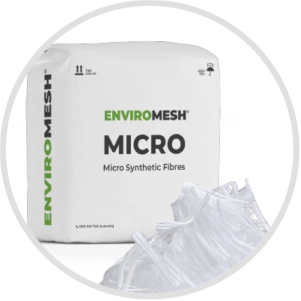
Micro Fibres
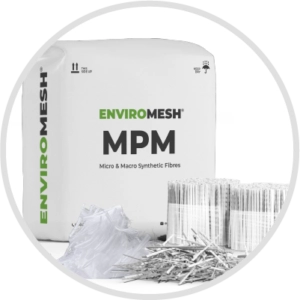
Macro + Micro
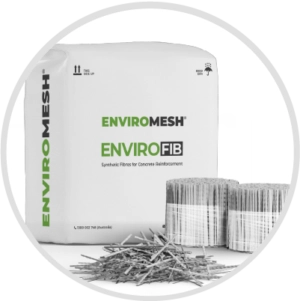
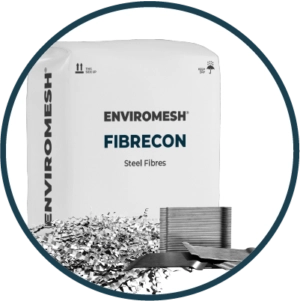
Steel Fibres
More sustainable More Economical Much faster A lot safer Easier than using Steel Mesh
FRC INTRODUCTION
What is Fibre Reinforced Concrete?
Fibre Reinforced Concrete (FRC) is concrete comprising a mix of concrete, cement or mortar with fibres, resulting in increased structural integrity. The fibres are uniformly dispersed in the mix to enable an easy pour for different applications. Different types of fibres can be used in the FRC ranging from steel, glass to both micro and macro synthetic fibres. FRC is used in a wide range of construction applications such as industrial floors, boat ramps, shared use paths, traffic island infills, ramps, pavements, bus stops, shotcrete, embankments, impact bollards, drains, causeways, toppings, wingwalls, precast pits, kerbing, septic tanks, skate parks and sludge ponds.
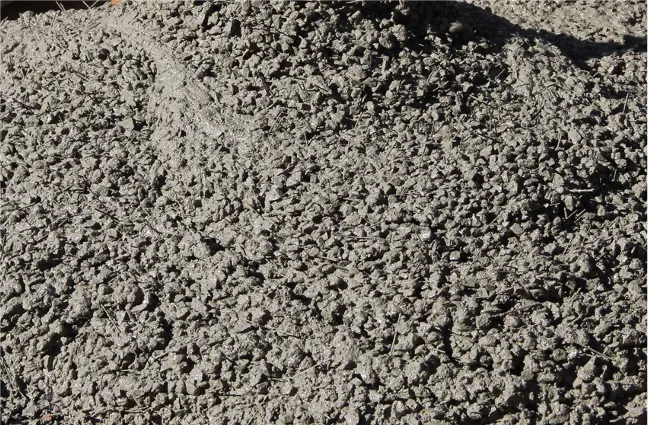
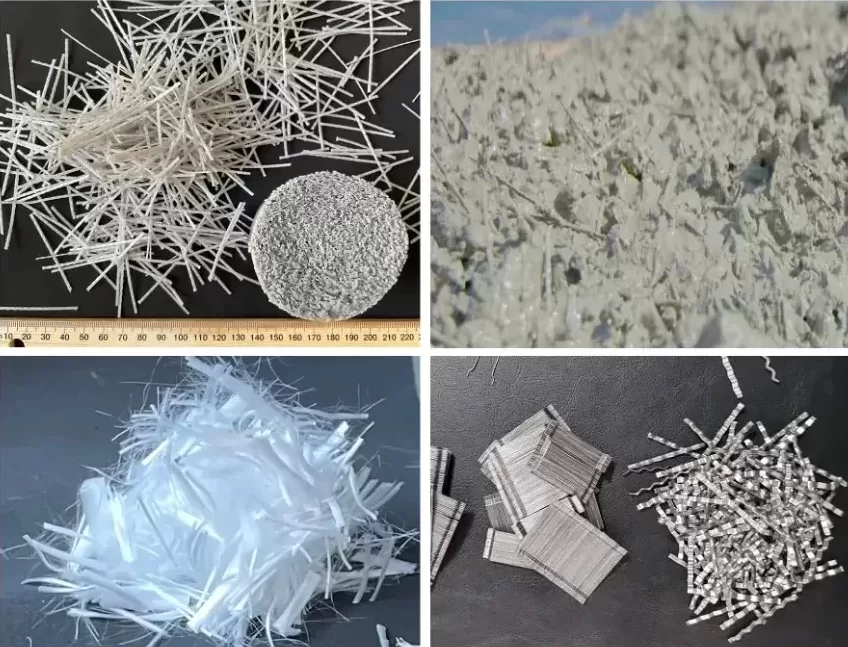
STEEL MESH ALTERNATIVES
What are some common types of Fibres?
ENVIROMESH FIBRES
There Are Three Different Categories
Synthetic Fibres
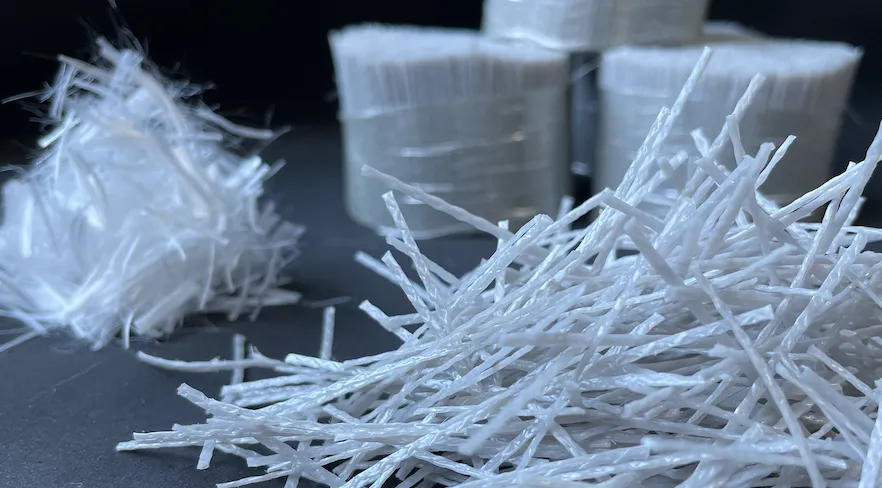
Macro Synthetic Fibres
ENVIROMESH® MP47
ENVIROMESH® SMP65
Micro Fibres
ENVIROMESH® MP
Macro + Micro Fibres
ENVIROMESH® MPM
Recycled Synthetic Fibres
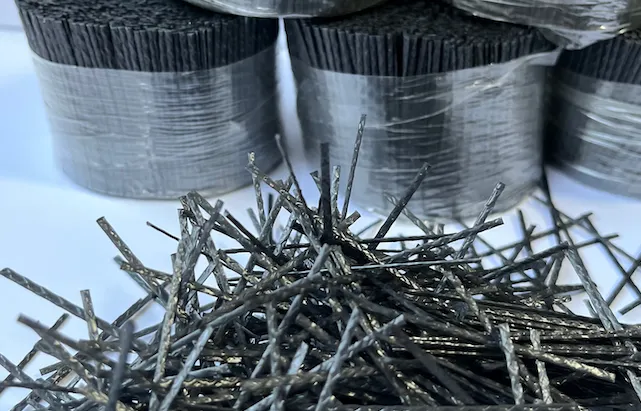
100% Recycled Macro Synthetic Fibres
ReMesh™
eMesh® Plus
eMesh®
(Available only in Australia)
Steel Fibres
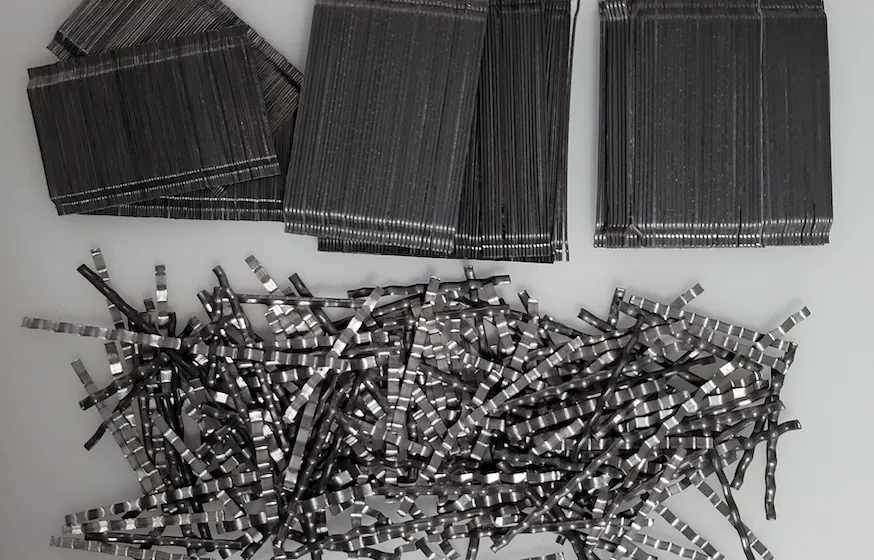
Glued Hooked End Fibres
FIBRECON® 65/35
FIBRECON® 65/60
FIBRECON® 80/60
Low Carbon Steel Fibres
FIBRECON® S38
Project Types
Where Do We Replace Steel Mesh
Councils And Large Infrastructure
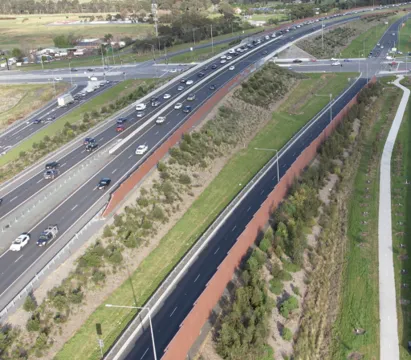
Material costs and availability, safety, timely project completion and design flexibility are critical to local and state government projects. Synthetic fibres are a perfect solution for projects aiming to reduce carbon footprint. Our recycled macro synthetic fibres (made from recycled plastic) are widely used in council infrastructure projects for footpaths, cycleways, and shared paths.
Island And Remote Infrastructure
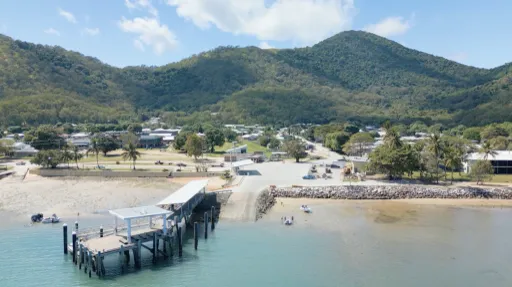
Compared to urban centres, islands and remote communities have similar infrastructure needs but smaller budgets. Long distances increase cost of freight of construction materials and equipment. ENVIROMESH synthetic fibre solutions are ideal for such infrastructure projects as they are a cost-effective and sustainable alternative to steel mesh or rebar and are faster and safer to use.
Maritime And Coastal Infrastructure
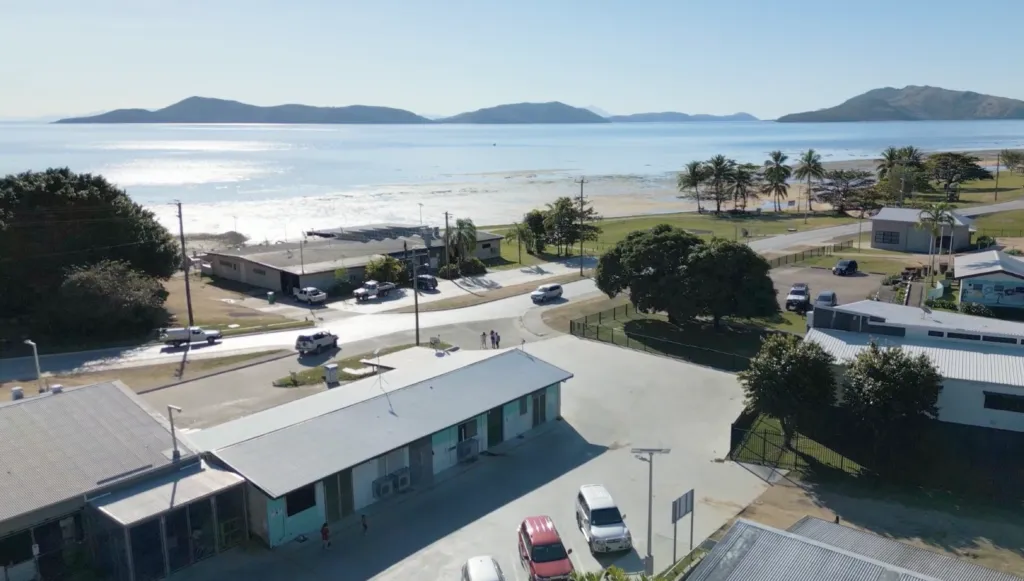
Steel or rebar reinforced concrete infrastructure is susceptible to corrosion in harsh coastal environments as moisture and salt combine to corrode the steel reinforcement. Synthetic fibres provide enhanced long-term durability for maritime and coastal infrastructure projects. Synthetic fibres significantly enhance the concrete's life, ultimately extending the lifespan of these valuable assets.
Industrial And
Warehousing
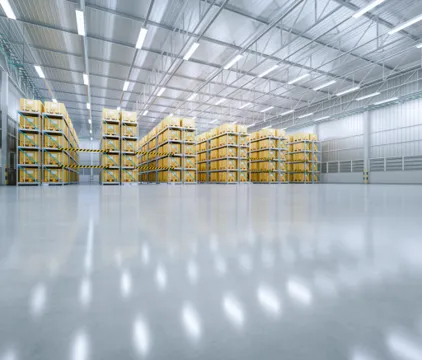
Synthetic fibres enhance the lifespan of factory or warehouse floors. This results in cost savings by reducing labour, construction, and setup times as the need for traditional steel reinforcement is reduced or eliminated completely. Our fibres also enhance ductility, leading to improved energy absorption, fatigue resistance, and increased resistance to impact and abrasion.
Mining
Applications
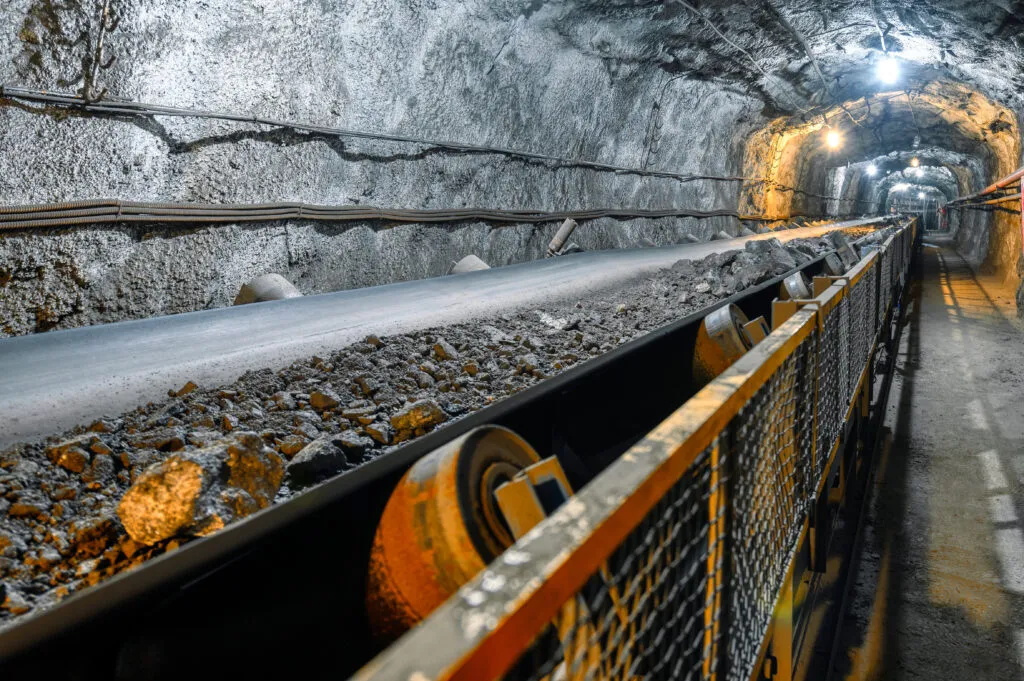
MSF provides innovative solutions that are strong and sustainable for mining applications. We can customise synthetic fibres for shotcrete applications in mining. We specialise in enhancing the production and application methods of sprayed concrete, tailoring concrete mix designs, selecting appropriate fibre types, and determining optimal dose rates based on local materials and conditions.
Concrete
Precast
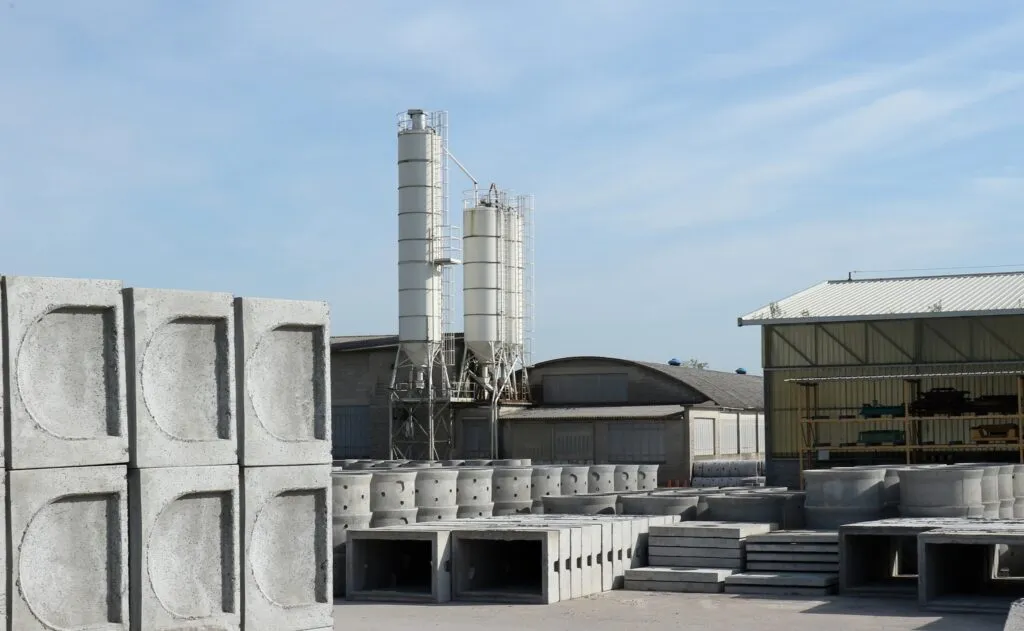
Synthetic fibres are used as an alternative to steel reinforcement for manufacturing precast concrete structures. They offer a convenient solution for creating contemporary, non-traditional shapes swiftly. ENVIROMESH synthetic fibres are safer to use and significantly enhance mould utilisation times and lead to cost savings through reduced labour and lower reinforcement expenses.
Project Types
Where Do We Replace Steel Mesh
Councils And Large Infrastructure

Material costs and availability, safety, timely project completion and design flexibility are critical to local and state government projects. Synthetic fibres are a perfect solution for projects aiming to reduce carbon footprint. Our recycled macro synthetic fibres (made from recycled plastic) are widely used in council infrastructure projects for footpaths, cycleways, and shared paths.
Island And Remote Infrastructure

Compared to urban centres, islands and remote communities have similar infrastructure needs but smaller budgets. Long distances increase cost of freight of construction materials and equipment. ENVIROMESH synthetic fibre solutions are ideal for such infrastructure projects as they are a cost-effective and sustainable alternative to steel mesh or rebar and are faster and safer to use.
Maritime And Coastal Infrastructure

Steel or rebar reinforced concrete infrastructure is susceptible to corrosion in harsh coastal environment as moisture and salt combine to corrode the steel reinforcement. Synthetic fibres provide enhanced long-term durability for maritime and coastal infrastructure projects. Synthetic fibres significantly enhance the concrete's life, ultimately extending the lifespan of these valuable assets.
Industrial And Warehousing

Synthetic fibres enhance the lifespan of factory or warehouse floors. This results in cost savings by reducing labour, construction, and setup times as the need for traditional steel reinforcement is reduced or eliminated completely. Our fibres also enhance ductility, leading to improved energy absorption, fatigue resistance, and increased resistance to impact and abrasion.
Mining Applications

MSF provides innovative solutions that are strong and sustainable for mining applications. We can customise synthetic fibres for shotcrete applications in mining. We specialise in enhancing the production and application methods of sprayed concrete, tailoring concrete mix designs, selecting appropriate fibre types, and determining optimal dose rates based on local materials and conditions.
Concrete Precast

Synthetic fibres are used as an alternative to steel reinforcement for manufacturing precast concrete structures. They offer a convenient solution for creating contemporary, non-traditional shapes swiftly. ENVIROMESH synthetic fibres are safer to use and significantly enhance mould utilisation times and lead to cost savings through reduced labour and lower reinforcement expenses.
Suitable Applications
Where our fibres are used
Footpaths
Shared Used Paths
Cycleways
Access Roads
Driveways
Medium Impact Pavements
Precast
Open Channels
Bunds
Wingwalls
Drainage Pits
Decorative Stencil Concrete
Road Medians
Roundabouts
Traffic Islands
Warehousing
Maintenance Hangars
Jetty, Boat Ramps and Barge Landings
Precast Pits
Shotcrete
Heavy Civil
Mining Applications
Slope Stabilising
Underground Support Shotcrete
Our Supply Network
Where we can deliver


Contact Us
Get in Touch
Your inquiry will be sent to the relevant department
Enquiries & Support
We are here to help
If you are an existing customer / service provider / material supplier, please contact your respective ENVIROMESH representative in your region for a quicker response.
Head Office
Address
New Zealand
Traffic Systems Limited (TSL)
Address
Singapore (Opening Soon)
Dubai (Opening Soon)
UK, Ireland and Americas
All enquiries for the UK, Ireland and Americas can be sent to our Australian HO. We are working on setting up our branches in London and New York.
FAQs
Here are some of the frequently asked questions
Below are some short answers to frequently asked questions. You can find detailed information on respective fibre pages from the menu. You can also reach out for in depth discussion to find suitable fibres for a specific application or project.
Macro synthetic fibres are typically made of materials like polypropylene that are added to concrete to enhance its structural performance. They are used to control cracking, improve toughness, and increase durability.
MSF are added to concrete to provide several benefits, including:
– Reducing plastic shrinkage cracking.
– Enhancing resistance to freeze-thaw cycles.
– Improving impact resistance.
– Increasing toughness and ductility.
– Enhancing durability in aggressive environments.
Macro synthetic fibres are longer and thicker than micro synthetic fibres. They serve different purposes, with macro synthetic fibres being used primarily for structural reinforcement and crack control, while micro synthetic fibres are used mainly to control plastic shrinkage cracking.
No, different types of MSF have varying properties, including tensile strength, modulus of elasticity, and compatibility with different concrete mixes. It’s essential to select the appropriate type of MSF based on the specific project requirements and conditions.
MSF can help control cracking and reduce crack widths, but they cannot guarantee a completely crack-free concrete surface. The extent of crack control depends on various factors, including fibre type, dosage, mix design, and curing practices.
The suitability of MSF depends on the specific project requirements. While they are versatile and used in various applications, there may be situations where other reinforcement methods or materials are more appropriate. It is important to assess the project requirements before determining if the use MSF is suited to your project.
The addition of MSF may require adjustments to the concrete mix design to ensure compatibility and achieve the desired performance. Consultation with a structural engineer or concrete expert is crucial to determining the correct dosage and mix.
Curing remains an essential part of the concrete construction process. While the use of MSF can help mitigate cracking, it does not eliminate the need for proper curing to achieve optimal strength and durability.
MSF are usually added to the concrete mix during the batching process. They are dispersed throughout the mixture and become an integral part of the concrete. The fibres should be well-mixed to ensure uniform distribution.
Some of the advantages of using macro synthetic fibres in concrete include:
- Improved crack control
- Increased durability
- Enhanced resistance to impact and abrasion
- Reduced maintenance costs
- Potential reduction in construction time and labour costs
- Increased resistance to corrosion specially in marine and coastal environments
Yes, there are some important considerations:
- Proper mix design and dosage are crucial to achieving the desired performance.
- Fibre dispersion and orientation can impact performance.
- The type of fibre used should be selected based on the specific requirements of the project.
- Quality control during mixing and placement is essential.
Macro synthetic fibres are used in a wide range of concrete applications, including industrial floors, pavements, shotcrete, precast concrete, and structures exposed to harsh environments.
Macro synthetic fibres can be used in combination with traditional steel reinforcement or as a partial replacement, depending on the project’s requirements. They are not a substitute for structural steel in high-load-bearing applications.
The dosage of macro synthetic fibres depends on factors such as the type of fibres used, concrete mix design, and project requirements. It is typically recommended by the manufacturer, or a structural engineer based on specific project conditions.
Yes, there are industry standards and guidelines that provide recommendations for the use of macro synthetic fibres in concrete. These standards may vary by region, so it’s important to consult the appropriate codes and guidelines for your location.
Before using macro synthetic fibres in a concrete project, it’s essential to consult with a structural engineer or concrete expert to ensure proper design and implementation for the specific application and environmental conditions.
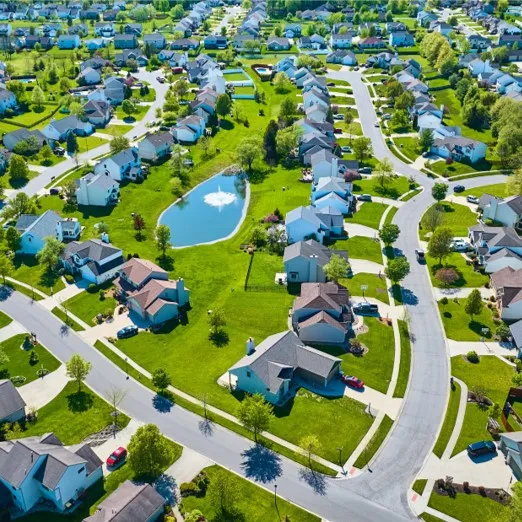
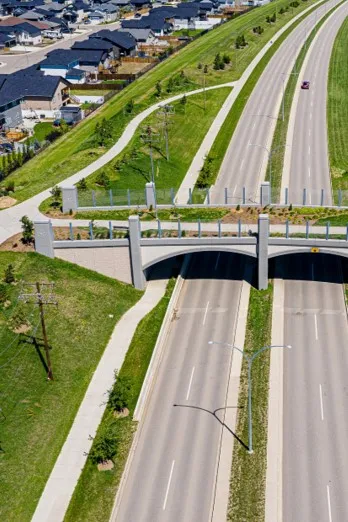
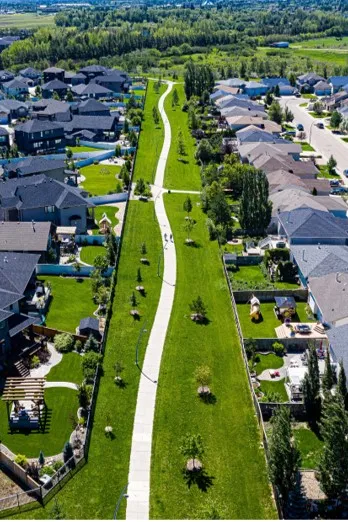
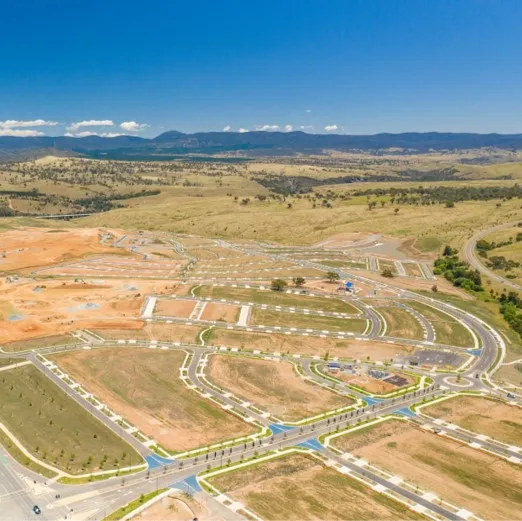
News & Insights
ENVIROMESH® Fibres in News

MRPV and RPV adopt the use of eMesh for future works under Victoria’s Big Build Projects
eMesh fibres are known for various benefits when used to reinforce concrete in the construction of SUPs and footpaths and other applications. After successful use
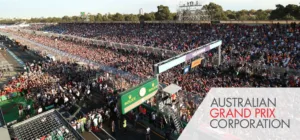
Australian Grand Prix Corporation wins sustainability award
Recognised for the successful launch of our Green Prix. The Australian Grand Prix Corporation (AGPC) has been named the winner of the 2022 Sports Environment

Cairns Southern Access Corridor Stage 3
Edmonton to Gordonvale Project – Environmental Outcomes The E2G Project achieved significant environmental outcomes for the Department of Transport and Main Roads (TMR) Queensland .
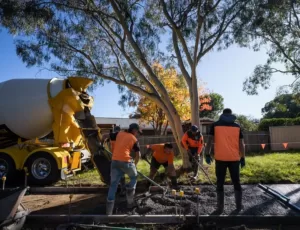
Transport Canberra adopts Emesh
Transport Canberra and City Services adopts eMesh in its path network improvements project after a successful trial in 2020-2021. eMesh is a 100% recycled plastic

Mordiolloc Freeway Project
The Mordiolloc Freeway Project sees value in using eMesh as one of the sustainable materials to achieve sustainability outcomes.13.4 tonnes of eMesh 100% recycled plastic
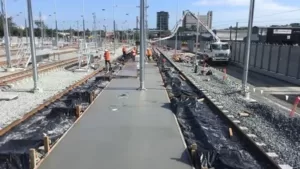
Five sustainability initiatives reducing Cross River Rail’s carbon footprint
While Cross River Rail will play a key role in reducing Queensland’s carbon footprint in the future as more Queenslanders opt to use public transport,
We are
Proud Members of




